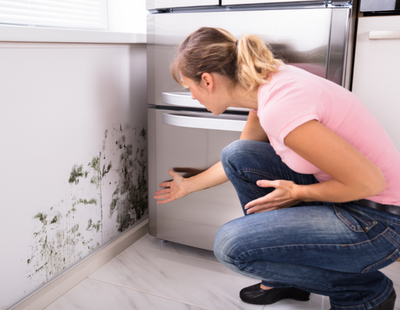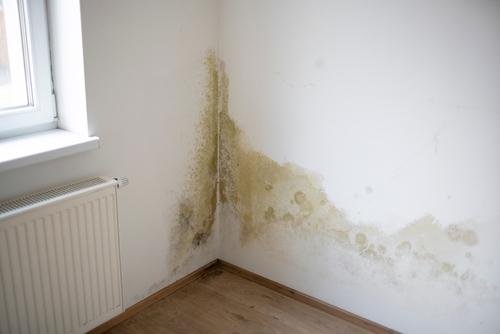
A combination of regular inspections and pro-active installation of ventilation can help to reduce the risk of dangerous damp and mould in rental properties.
That’s the view of the inventory specialist firm No Letting Go which says that landlords and letting agents must monitor properties closely and improve tenant education on the causes of damp and mould.
The problems caused by serious damp and mould in UK homes are under the spotlight following the inquest into the tragic death of two-year-old Awaab Ishak in December 2020.
The government has since pledged to review guidance on the health risks of damp and mould. Housing Secretary Michael Gove says that the upcoming Rental Reform Bill will include time limits on investigating health hazards in the private rental sector, and a new ombudsman redress scheme which landlords must join.
“Although recent headlines have focused on the social housing sector, dangerous damp and mould has long been a problem in private rentals too,” says Nick Lyons, chief executive of No Letting Go.
“Damp and mould growth is number one on the checklist for the Housing Health and Safety Rating System that is also part of the Fitness for Human Habitation Bill.”
No Letting Go says research suggests that the average family produces 20 pints of moisture a day. As a result, day-to-day living can cause mould growth when spores germinate on contact with surfaces that are damp through condensation.
No Letting Go has a range of tips for reducing moisture that it frequently circulates to tenants. These include opening trickle vents in double glazed windows, keeping kitchen and bathroom doors shut, and using extractor fans.
“These actions may seem straight-forward, but it’s important for landlords and letting agents to remind tenants of their responsibilities,” says Lyons.
“Reducing the opportunities for mould to grow is crucial in preventing future health problems for tenants while also maintaining landlords’ properties.”





.jpg)








%20-%20IMAGE%20Client%20Accounting%20%E2%80%93%20what%20are%20your%20options.jpg)











Join the conversation
Jump to latest comment and add your reply
How is it that our flat which we own and care for doesn't suffer mould, yet previous tenants complained regularly about mould? Ah yes, the difference is the words "care for". This means that we take responsibility rather than expecting others to come running!
How many times has a LL rented out his former home which never had a mould issue before, suddenly develop one once tenanted? I wonder what the common denominator is.
Please login to comment